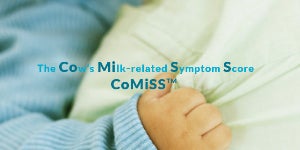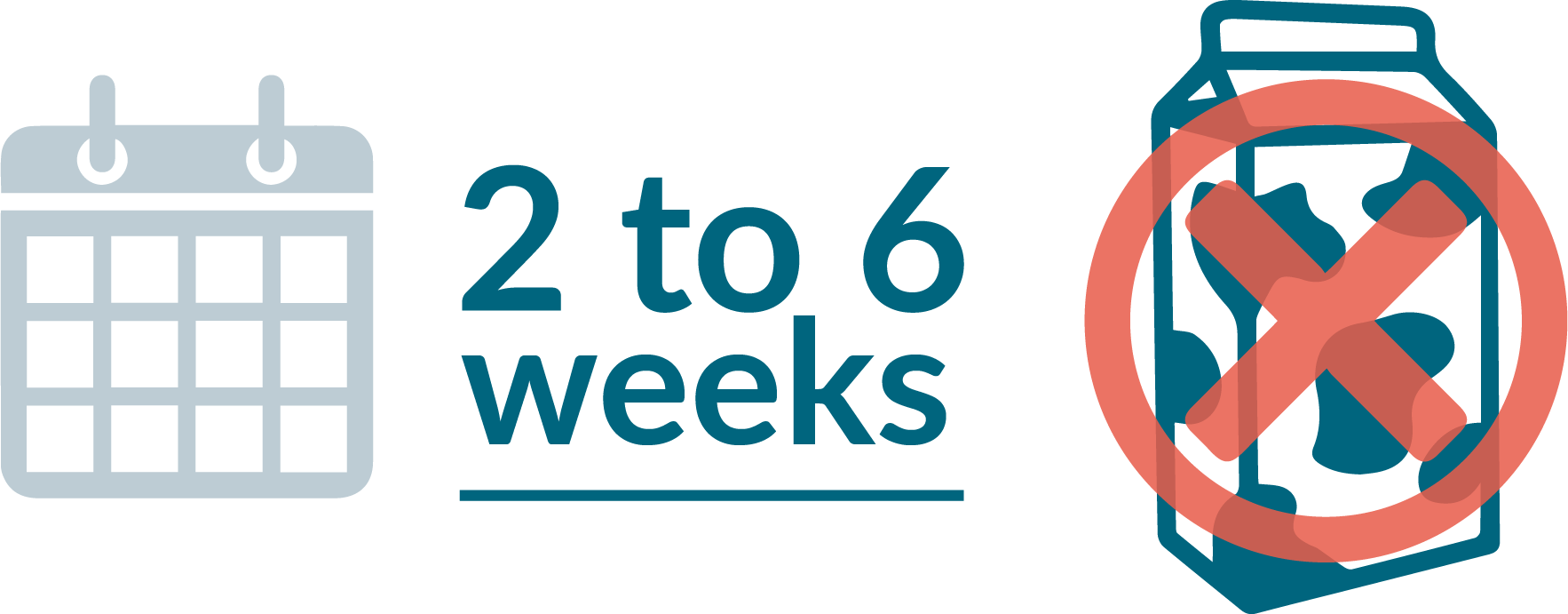
Nestlé Health Science UK Statement on Demand for Specialist Infant Formulas for Cows’ Milk and Multiple Food Allergies
We believe breast milk is the best food for infants. When in consultation with their healthcare professional, mothers and families find that optimal breastfeeding is not possible due to their infant’s medical condition, formulas for special medical purposes play a vital role in providing essential nutrients to infants. We have a global commitment to market breast-milk substitutes responsibly.
This website is about the management of cows’ milk protein allergy and nutritional solutions intended for infants. By continuing on this website, you accept that Nestlé Health Science supplies the information at your own request.
Are you a healthcare professional (HCP) or a parent?
Cows' milk allergy (CMA), also known as cows' milk protein allergy (CMPA), presents with diverse and often non-specific signs and symptoms, resulting in frequent misdiagnosis or a delay in diagnosis. Guidelines and tools are available to support an early diagnosis.
CoMiSSTM awareness tool

Introducing CoMiSSTM
Leading experts have developed the Cows' Milk-related Symptom Score (CoMiSSTM)1, which is a fast and easy-to-use tool to help healthcare professionals recognise and assess non-specific signs and symptoms that may be indicative of CMA as early as possible.
Find out more about CoMiSSTM
CoMiSSTM tutorial video
Discover how easy it is to use CoMiSSTM to assess and interpret the severity of non-specific signs and symptoms that may be related to CMA, such as crying, regurgitation, diarrhoea or constipation, skin and respiratory symptoms.
Watch the CoMiSSTM tutorial video
CoMiSSTM awareness tool
If you suspect your patient is suffering from symptoms that may be suggestive of CMA, use the CoMiSSTM tool to score and assess the likelihood of CMA.
Expert corner: CMA diagnosis
Watch leading experts sharing their experience in diagnosing CMA, including investigating the likelihood of CMA with the CoMiSSTM tool, the available allergy tests, and confirming the diagnosis with an elimination diet followed by oral food challenge.
References
- Vandenplas Y, et al. A workshop report on the development of the Cow’s Milk-related Symptom Score awareness tool for young children. Acta Paediatr. 2015;104(4):334–9.
- Fiocchi A et al. World Allergy Organization (WAO) Diagnosis and Rationale for Action against Cows’ Milk Allergy (DRACMA) Guidelines. WAO Journal. 2010.57-161.
- NICE. Food Allergy NICE (QS118). 2016.
- Venter C et al. Better recognition, diagnosis and management of non‑IgE‑mediated cow’scows’ milk allergy in infancy: iMAP—an international interpretation of the MAP (Milk Allergy in Primary Care) guideline. Clin Transl Allergy. 2017 ;7:26.
- Koletzko S, et al. Diagnostic approach and management of cow’s-milk protein allergy in infants and children: ESPGHAN GI Committee practical guidelines. J Pediatr Gastroenterol Nutr. 2012;55(2):221–9.
- Muraro A, et al. EAACI Food Allergy and Anaphylaxis Guidelines: diagnosis and management of food allergy. Allergy. 2014;69:1008–25.
- Luyt D, et al. BSACI guideline for the diagnosis and management of cow’s milk allergy. Clin Exp Allergy. 2014;44(5):642–72.
IMPORTANT NOTICE: Mothers should be encouraged to continue breastfeeding even when their babies have cows' milk protein allergy. This usually requires qualified dietary counselling to completely exclude all sources of cows' milk protein from the mothers’ diet. If a decision to use a special formula intended for infants is taken, it is important to follow the instructions on the label. Unboiled water, unboiled bottles or incorrect dilution can make babies ill. Incorrect storage, handling, preparation and feeding can eventually lead to adverse effects on the health of babies. Formula for special medical purposes intended for infants must be used under medical supervision.





